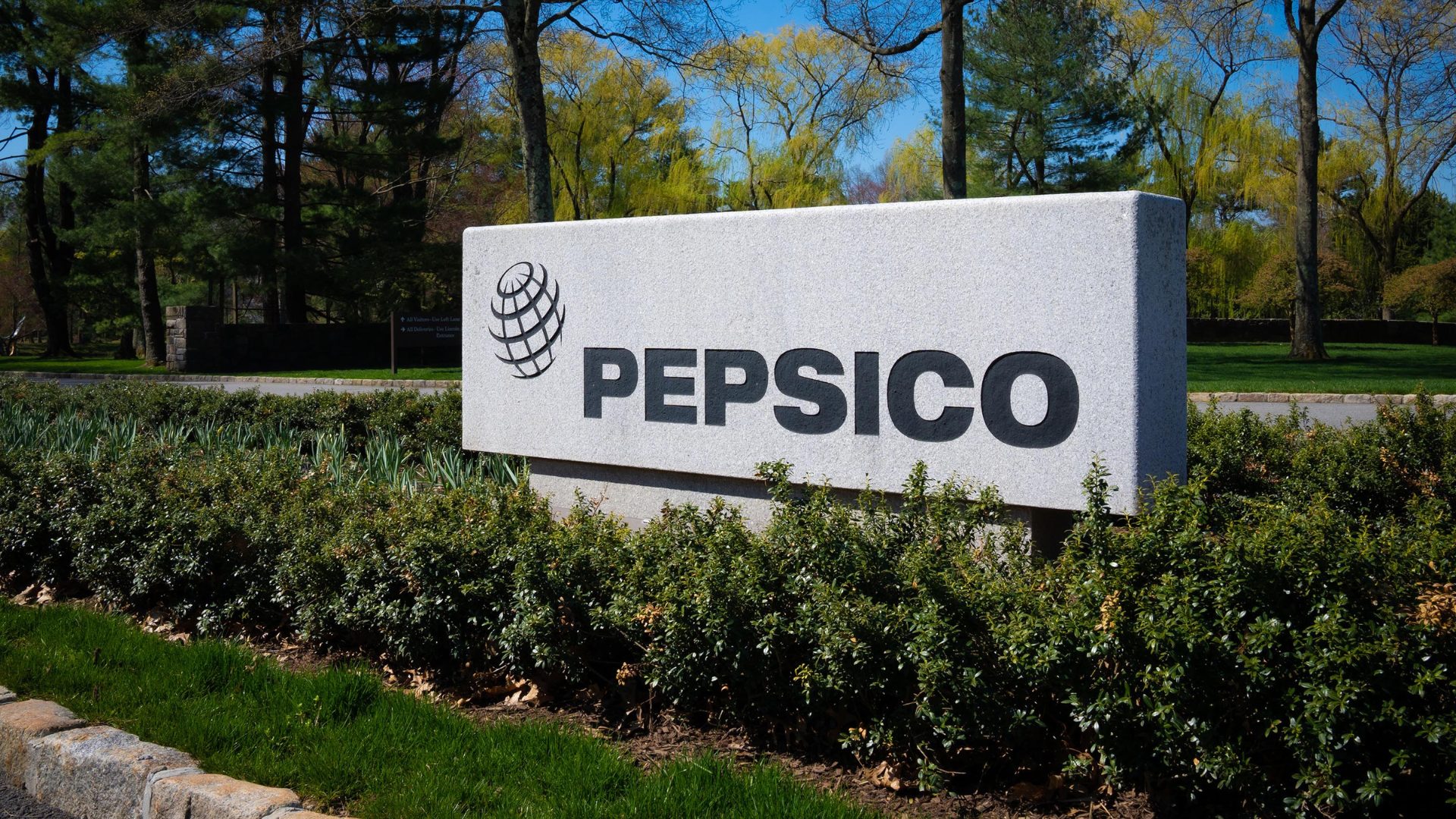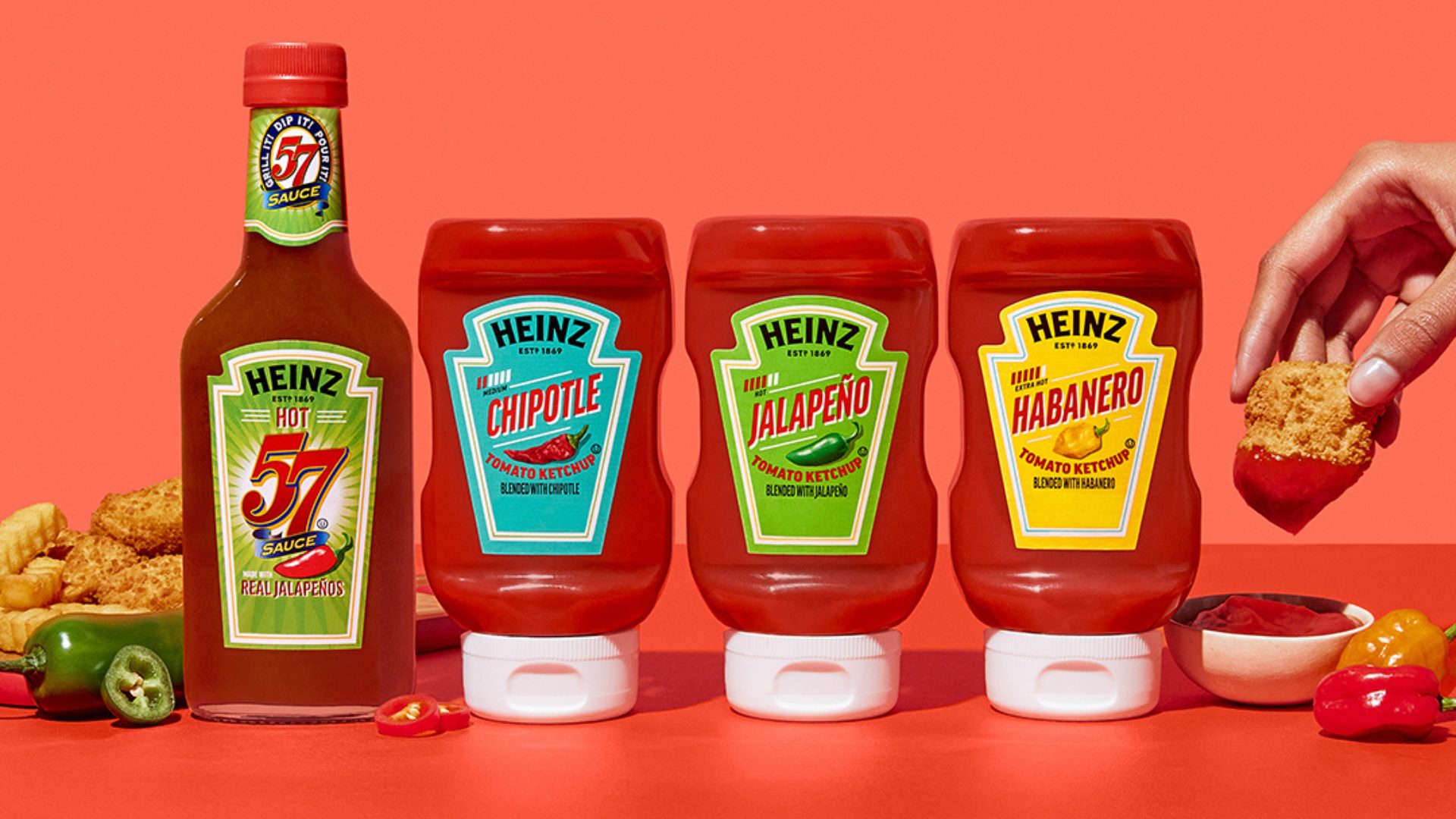Retail media spending is expected to more than double by 2028, with a significant portion expected to go to retail media networks, scrambling the way marketers and agencies broker their ad buys, Digiday reported.
A report from eMarketer estimates omniretail spending will grow from $54.9 billion in 2025 to $129.9 billion in 2028.
“As RMNs evolve into comprehensive media companies, we’re witnessing a fundamental shift in how deals are structured and budgets are allocated,” Paul Brenner, an executive at In-Store Marketplace, told The Food Institute.
“While RMNs push for bigger brand dollars, they’re also tackling the significant disconnect between how in-store media is activated as a media agency given their brick-and-mortar spaces operate independently,” added Brenner, senior VP of global retail media and partnerships at In-Store Marketplace.
“Consumer packaged goods brands will lead the charge into in-store media.”
Digiday reported commerce execs estimate the current level of spending on RMNs is 10% of the advertising budget while eMarketer estimates that figure will grow to more than a quarter of ad dollars. Digiday reported previously RMNs like Home Depot’s Orange Apron Media are asking for bigger annual commitments and brand dollars.
“Traditionally, these networks were seen as the ‘gatekeepers’ of retail data and customer access, but now they’re evolving into full-fledged media companies in their own right,” Tim Berney, CEO of VI Marketing and Branding, told FI. “This repositioning is not just about selling more advertising space; it’s about capturing a larger share of the broader media dollars traditionally reserved for platforms like Google, Facebook and more recently, connected TV (CTV).
“This is valuable data to food brands who, like the rest of the marketing world, want to reduce media waste by targeting the most likely consumer.”
Berney called the shift “significant” since it “opens up a new, high-value avenue for brands to reach consumers in a way that is highly measurable and targeted.”
Berney added: “We’re now entering a phase where these networks are looking for sustainable, ongoing relationships with brands to build consistent revenue streams. Whether or not brands are willing to make this commitment is yet to be seen. They’re not just negotiating for shelf space, but with the same companies, in some cases, for media commitments.”
Both Brenner and Berney said some streamlining needs to take place. They predicted increased competition as these networks seek to differentiate themselves.
“Retail networks will need to refine their offerings and infrastructure to provide real value to advertisers beyond just access to inventory,” Berney said.
“We’ll see a rise in more sophisticated data-driven solutions, leveraging proprietary insights that combine shopper behavior with media consumption patterns,” he added.
“Brands will likely gravitate toward those networks that can offer the most robust targeting, and compelling cross-platform opportunities. This will require RMNs to prove their worth beyond traditional display ads and incorporate more advanced formats like video, CTV, and even shoppable content. If you’re a media company, you need to provide the value that sophisticated channels provide today.”
The Food Institute Podcast
This Episode is Sponsored by: City National Bank
How are macro-economic factors and changing consumer preferences impacting the natural grocery sector? City National Bank’s Justin D’Affronte steps in as guest host as he speaks with Mother’s Market CEO Dorothy Carlow about inflation, tariffs, consumer preferences, and more.












